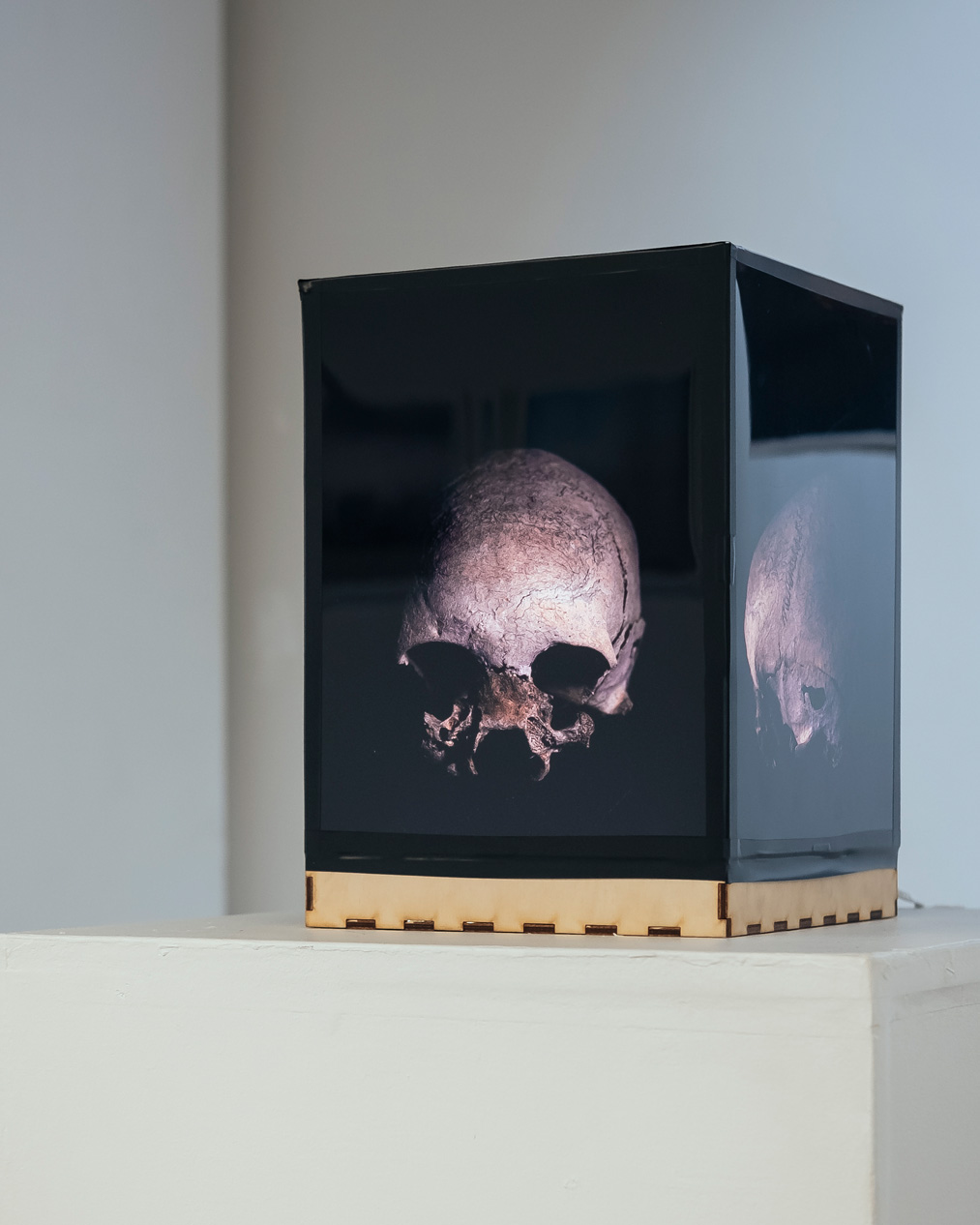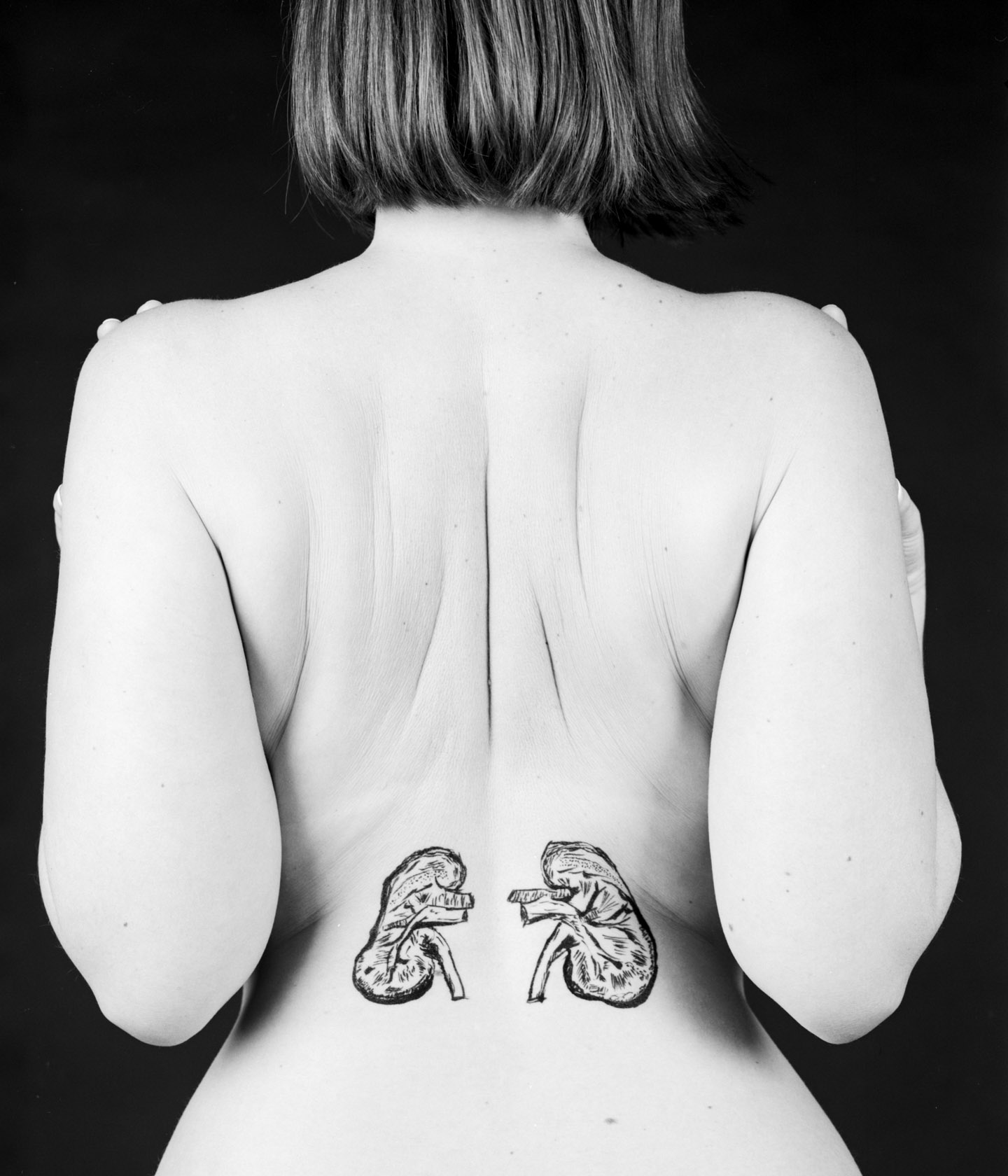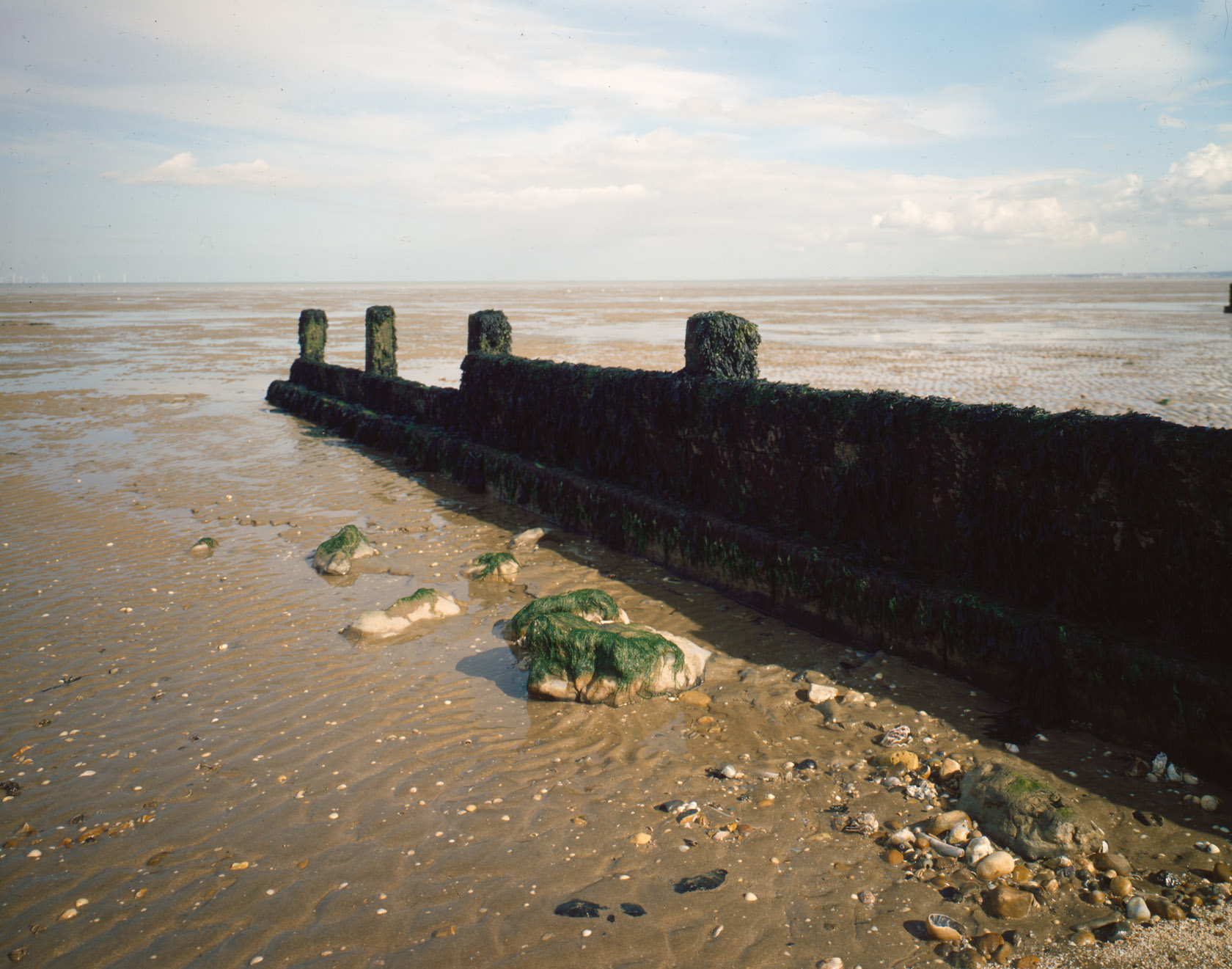Projects
Remains

Image credit Jim Stephenson
Part two of my MA work and my final presentation is a hand built light box with original photographic transparencies on four sides. The box is illuminated from below.
After working with models I becaming increasinly interested in other, non-living ways to represent and interact with human bodies. After experimenting with objects that reminded me of anatomical parts I came across the subject of this artwork; a medieval portion of a human skull from the ancient town of Dunwich in Suffolk.
Trying to represent a three dimensional object with photography is something of a challenge, traditionally we leave the viewer to interpret and the photograph is itself a separate object that merely gives the illusion of the original state.
I wanted to create a work that felt as though it could actually be encompassing the original object inside itself; by moving around it in physical space the images shown to the viewer are obscured and uncovered just as they would be if the photographs were replaced with the original skull.
The images are a direct reference to the concept of memento mori, though here the translation of an object to images and, through human perception, back to that object once more. It was very important to me that the object, the subject of the photographs was something that was at one point a (part of) a human.
This is a project I intend to continue with, speculatively with a trip to where the owner of the skull lived, to photograph the remains of the town that is now being consumed by the sea.
Body Drawing

150mm x 100mm
Part one of my final photographic work for the MA is the distillation of a year of thought, uncertainty, experimentation and dreams.
It moved from a personal motive, one of thinking about the death of a relative, to a broader idea surrounding mortality and image making. Initially my goal was to make something that is easy to miss more visible. In this particular instance, to find a way of showing the internal (body organs) externally (by drawing them on models roughly where they would be underneath).
First attempts with drawing on myself. This consisted of makeup pencil with a mirror, using reference images from anatomical text books. Early versions were of bones and then progressed to internal organs, many of which were sourced from the Wellcome Collection and the 1924 21st edition of Gray’s Anatomy. After drawing on myself and taking photographs it became obvious that this way of working involved too many different things to do all of them with as much attention as I wanted.
I recruited a model which allowed more of a focus on drawing, lighting and camera set-up. The model again had drawings done in make-up but after research brush style eye-liner worked better and left a more definite mark. The drawings were taken from anatomical engravings from the 18th century and on this first attempt didn’t come out quite as well as I hoped.
After this first attempt I tried again with two more models. With the greater experience in drawing the results from these shoots were much more successful; the drawings were more confident and the poses less performative. While it was useful as a working process to have the confidence of a model, the subject of the work being more about body than pose was better encapsulated in images with a more composed posture than those with an angular one.
This then led to drawing on the prints of the images as a loop back from drawing to drawing and they were presented with a nod to Yamamoto Masao as small prints in a portfolio box.
Beyond was the Sea

I went back to the Isle of Sheppey, an island in the Thames estuary 2016. It’s a place that was taken to for walks often as child and I was struck how different the landscape was to how I remembered it. As I walked along the beach, taking photographs of the remains of World War II sea defences that are still scattered along it I was struck by how many layers there were to the place.
I was struck by how the sea had slowly worn away the earth underneath fortifications that had been abandoned seventy years before and caused the pillboxes to slowly start to fall into the sea. The concrete remained, though it had been thrown about by the surf and grew lichen, the mud and sand stuck to my boots and was washed away.
In the years since I have returned to different parts of the south east coast as part of an ongoing project to document the sea. At first other locations that had been built on by the military, then moving on to broader human changes to the coastline. This time has coincided with my first experiences in large format, as well as developing colour film. Having time to set up, compose and take a shot of objects that are battered by the sea but otherwise change slowly has been both rewarding and cathartic, being able to alter and modify the results with no intermediary also has felt oddly appropriate to the process. Result and methods in this case extending and reflecting the subject.
Each photograph contains some element of coastline, combined with a human alteration to it, often in a state of decay or abandonment. As I have taken more images they have started to become more focused on fewer objects within the frame. Specific key aspects have been singled out. The sea has garnered more attention in recent years with the realisation that as a species we have been treating the animals that live in it with increasing contempt. With my photographs I do not think I can necessarily change people but I hope that in some small way if I can encourage others to protect this scary but also wonderful part of our environment.
As a personal development of practice, this has been the most consistent project I have worked on and has spanned the largest amount of time. It has driven me to learn new skills and try new things, though it has now reached point where I want to either bring it to a close or radically change its form.